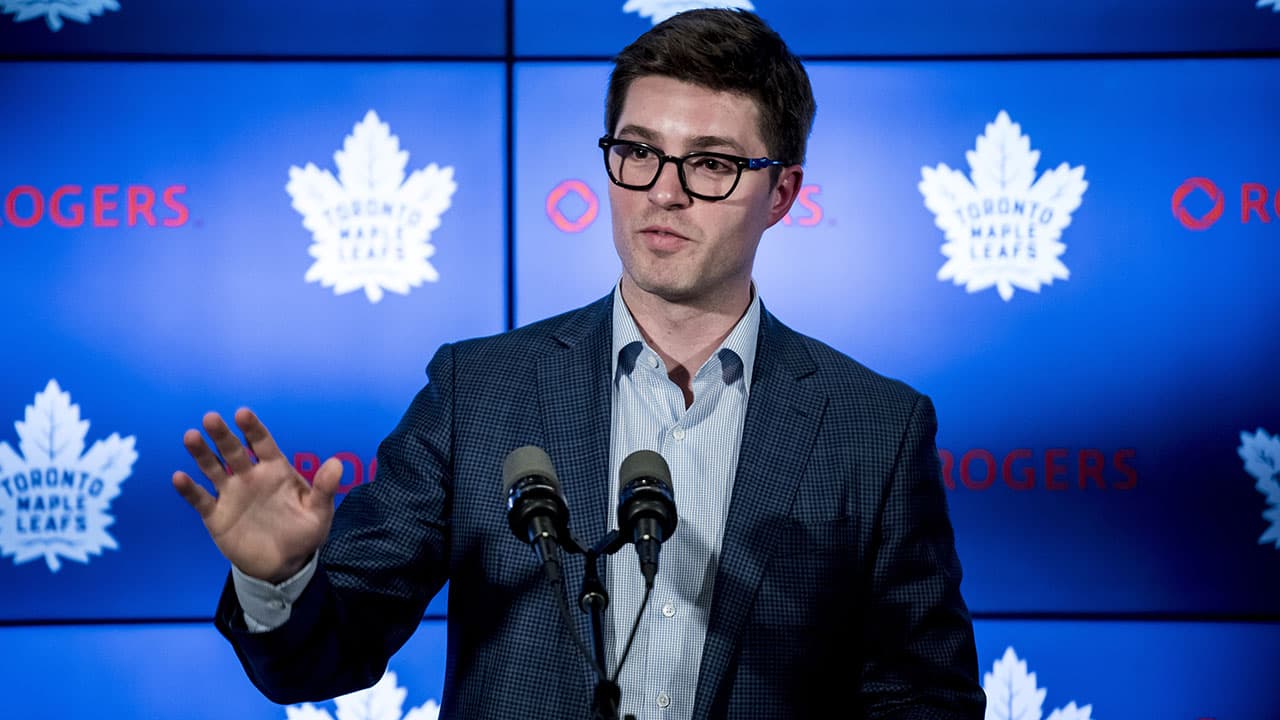What the Maple Leafs want and what they might have to settle for at this year’s trade deadline
Photo credit: Christopher Katsarov/CP
Jan 28, 2022, 06:00 EST
Breaking News
- 5 takeaways from Leafs-Panthers Game 2: Nylander, Pacioretty lead attack, Woll improves through contest
- Max Pacioretty and the new-look Leafs embody why this could be a different summer
- Knee Jerk Reaction: Maple Leafs use rapid response to take 2-0 series lead vs. Panthers
- NHL betting preview (May 7): Panthers vs. Maple Leafs Game 2 predictions
- Matthews won his minutes easily vs. Barkov in Game 1: Who will win the captain’s matchup in Game 2?
